The Best of 1995
Grab your walking cane and blood pressure meds; 1995 was 30 years ago.
It was the year of terror attacks in both Oklahoma City and Tokyo, Israeli Prime Minister Yitzhak Rabin was assassinated, the Rock’n’Roll Hall of Fame opened in Cleveland, and in LA, O.J.’s gloves didn’t fit. Still, 1995 now somehow seems quaint.
In the world of film, with the success of Pulp Fiction from the previous year, 1995 saw an influx of, yes, some cheap imitators, but it also pushed studios to take chances on new, original ideas—from Toy Story to Se7en and The Usual Suspects. It was also the year that saw the Tarantino universe expand with Robert Rodriguez’s Desperado (a follow-up to his 1992 release El Mariachi) and Four Rooms, while bringing like-minded material to the big screen, like the Warren Zevon-inspired title of Things to Do in Denver When You’re Dead, and the film adaptation of Elmore Leonard’s Get Shorty.
It was the era when movies could be mainstream—Clueless made a star out of Alicia Silverstone—and offbeat: two ensemble films—from Wayne Wang and Paul Auster—centered around a Brooklyn cigar shop, Smoke and Blue in the Face. Patrick Swayze and Wesley Snipes expanded their acting chops through To Wong Foo, Thanks For Everything! Julie Newmar, and the same year Empire Records was set around a record store,
’s High Fidelity hit bookshelves, five years before its film adaptation landed in theaters.Kevin Smith followed up the previous year’s Clerks with Mallrats, and Bad Boys made action stars out of Will Smith and Martin Lawrence. Ice Cube and Chris Tucker starred in the instant classic, Friday, and we got a new Bond that year, as Pierce Brosnan took over the role of 007 in GoldenEye. Spike Lee’s latest joint was Clockers, while an all-star cast powered Waiting to Exhale. Martin Scorsese gave us a new gangster epic with Casino, and Michael Mann was the director who finally placed Al Pacino and Robert De Niro on screen together in Heat.
Musically, 1995 was no 1994. The previous year saw many landmark releases and moments, while ‘95 was more of a placeholder. There were blockbusters and game changers, such as Jagged Little Pill and The Woman in Me, but overall, the list of superb releases pales in comparison to ‘94. The Unplugged trend was still hot by ‘95, as the Stones gave us their take on it with Stripped (which included a cheeky cover of “Like a Rolling Stone”) and Bob Dylan broke down and booked an appearance on the MTV phenomenon, decked out in an outfit that harkened back to the Dylan of 30 years earlier. 30 years on, we can now look back on this moment and marvel at the fact that he’s just announced more tour dates for 2026.

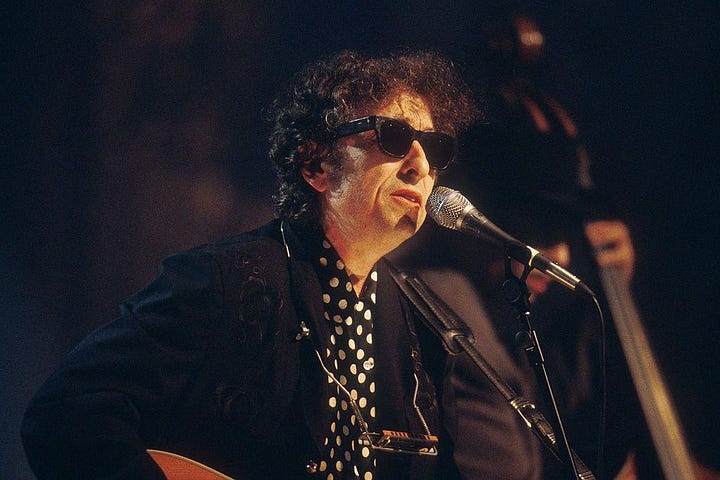
The mid-’90s were also when my excitement over new artists began to wane, while I still championed new music from established acts. I was never a fan of grunge (or post-grunge, for that matter) as an overall sound, but I did like the odd song or two. I was a bigger fan of Mad Season and Temple of the Dog than I was of the bands that spawned them. The new artists from that era I did love, Gov’t Mule and the Black Crowes, harkened back to the blues-rock I adored from the ‘70s: Humble Pie, the Faces, Mountain, et al. It’s not that I’m an old fogey who detests new music by new bands—in fact, quite the contrary, as I’ve found a lot to love in the music of the last 25 years. It’s just the mid-’90s were a dark time for rock and mainstream country overall, while I found more pleasure on the outskirts of what was on the radio, and in the world of hip-hop, which showed more risk and creativity than what most other mainstream genres were dishing out.
Below are 25 albums (and 25 more honorable mentions) that have more or less remained close to my turntable, CD player, mp3 player, and/or phone over the last 30 years, followed by a mixtape of 95 songs that pull from this list and 45 more albums at least worth mentioning. As always, if you don’t see a favorite here, let me know in the comments.
Steve Earle - Train a Comin’
The first album following Steve Earle’s “vacation in the ghetto,” Train a Comin’ is an understated, yet stunning document of songs that date back to his pre-stardom days when he was sitting around Guy Clark’s kitchen table, to a song he wrote while locked up, the moving eulogy, “Goodbye.” In between, from the many layers of “Tom Ames’ Prayer” to the righteous hillbilly covers of “I’m Looking Through You” and “By the Rivers of Babylon,” Steve Earle proved that second chances sometimes far exceed the first ones. (I’m sure Travis Tritt covering “Sometimes She Forgets” didn’t hurt Earle’s bank account, either.)
Natalie Merchant - Tigerlily
Natalie Merchant’s first solo effort expands her musical palette into more groove-oriented material—including the moody, bluesy “Carnival”—while maintaining that calm, cool vocal delivery that was her trademark with 10,000 Maniacs. Years later, there’s still plenty to discover on Tigerlily, and “Wonder” still lives up to its name.
Oasis - (What’s the Story) Morning Glory?
The Gallagher brothers’ US tour in 2025 was one of the biggest music events of the year, but that wouldn’t have been possible without the success of their sophomore release in 1995. With expansive production and more focus than the previous year’s Definitely Maybe, (What’s the Story) Morning Glory cemented Oasis as one of the ‘90s biggest and best rock’n’roll bands. Anyway, here’s “Wonderwall…”
Mojo Nixon - Whereabouts Unknown
Mojo Nixon followed his first post-Skid Roper, full band album, 1990’s Otis!, with this Eric “Roscoe” Ambel-produced classic. Flanked by the mighty Toadliquors and extolling the virtues of pigskin, drinkin’, Elvis (with a surprisingly sincere take on “If I Can Dream”), and freedom with a capital “F” while lambasting everything from McDonald’s to Morrissey and shithouse doors, Whereabouts Unknown remains Mojie-Wojie’s finest moment on record.
Gov’t Mule - Gov’t Mule
Warren Haynes and Allen Woody formed Gov’t Mule along with the former drummer for the Dickey Betts Band, Matt Abts (whom Haynes had befriended while playing in the same group before following Betts into the reunited Allmans lineup). All three bonded over their love of heavy, bluesy, bare-bones hard rock; the kind that stripped away all unnecessary accoutrements until there was nothing left but muscle and space. Gov’t Mule is the sound of a band that hadn’t been exposed to any music past 1975, but the music they did embrace ranged from Son House to Frank Zappa, John Coltrane to Free, Hendrix to Funkadelic. This is the album where it all beautifully—and powerfully—coalesced.
Read my full retrospective review for Albumism here.
Neil Young - Mirror Ball
Neil Young had rediscovered his mojo and his muse by the end of the 1980s with Freedom, and he kept the momentum going through the unimpeachable Ragged Glory and the 1994 Kurt Cobain eulogy, Sleeps With Angels. By the time of Mirror Ball, he had accepted his role as Godfather of Grunge by recruiting noted Young fans Pearl Jam—at the time probably the biggest group in the world—to be his backing band. While they don’t have the sloppy, cantankerous charm and swagger of Crazy Horse, they loosen up just enough to allow Neil to bob and weave downtown and all around under the mirror ball. Not quite as fun as Hindu Love Gods, but still a worthy listen.
Alanis Morrisette - Jagged Little Pill
One may say the lyrics are well beyond her 21 years at the time, but age isn’t the point. Alanis Morissette could channel the emotional weight of her experience into grungy, heavy pop vignettes that followed in the footsteps of Joni Mitchell while paving the way for Taylor Swift. Jagged Little Pill was a powerful statement of speaking one’s truth and owning one’s experiences. That’s why it still sounds as striking today, 30 years on…even if “Ironic” mostly really isn’t.
Southern Culture on the Skids - Dirt Track Date
SCOTS had been blasting their way through clubs and bars in the south for over a decade before MTV took notice with their video for “Camel Walk” (which was reportedly filmed in drummer Dave Hartman’s single-wide). Although that got the most attention at the time, the rest of Dirt Track Date emphasized what was wonderfully wacky about this NC surf/swamp trio. From the frenetic funk of “Soul City” (the name of a real community in NC’s Warren County) and the celebration of the glory of yardbirds in “8 Piece Box” and “Fried Chicken and Gasoline,” to the motorvatin’ swamp rock shoutout to Tony Joe White on “Voodoo Cadillac,” Dirt Track Date is the one to initiate the uninitiated into the SCOTS world.
Warren Zevon - Mutineer
Zevon’s output in the fifteen years of his life rivaled his ‘70s work in its emotional gravitas and cynical outlook. Mr. Bad Example and Life’ll Kill Ya are modern classics that explore the depths of human depravity while simultaneously acknowledging the vulnerability of mortality. Mutineer followed that pattern while building on the one-man band effort of the 1993’s excellent solo live document Learning to Flinch. Zevon does most of the work on his own here, and while the music at times sounds mechanical and claustrophobic, the songs—from “The Indifference of Heaven” to “Seminole Bingo” and the moving title cut—are worthy additions to his peerless canon.
Shaver - Unshaven: Live at Smith’s Olde Bar
Shaver’s 1993 release, Tramp on Your Street, stands as one of the greatest albums of the ‘90s. It was a perfect blend of Billy Joe Shaver’s brilliant dirt road poetry and his son Eddy’s hard rock guitar and attitude. Powered by Brendan O’Brien’s production (who also helped out on guitar and bass here and there)—the link between the hick-rock of the Georgia Satellites and the Seattle sound, as he helmed projects by Pearl Jam, Soundgarden, and Stone Temple Pilots, as well as Dan Baird and the Black Crowes—Live at Smith’s Olde Bar is simply the document of an unfiltered—and unshaven—Shaver show (I caught them on this tour in Chapel Hill and my ears are still not quite right), with (former Ga Satellite) Keith Christopher on bass and Craig Wright on drums. “We need more beer up here,” Billy Joe yells out at one point, and if that’s the lubricant that kept them going, I say keep ‘em coming and ride ‘em down easy.
Emmylou Harris - Wrecking Ball
By the mid-’90s, Daniel Lanois—who had already established himself in the rock world with the success of Peter Gabriel’s So and, along with Brian Eno, U2’s The Joshua Tree—was hot stuff in the rock world. He had helped bring Bob Dylan back from the plastic wilderness of the ‘80s with Oh Mercy, and brought out the best in the Neville Brothers on the exquisite Yellow Moon. With Wrecking Ball, he set his sights on Emmylou Harris. In doing so, Harris was able to express herself with Lanois’s brilliant rhythm section of Brian Blade and Daryl Johnson, along with assists from longtime friend Neil Young, U2’s Larry Mullen Jr, and a flawless song selection from artists as varied as Gillian Welch, Dylan, Young, Steve Earle, David Olney, and Jimi Hendrix. 30 years on, Wrecking Ball stands out as a defining moment in whatever the hell Americana is.
John Lee Hooker - Chill Out
With 1989’s The Healer, John Lee Hooker became an ambassador of the blues, a role that had been previously—and seemingly exclusively—reserved for B.B. King. But through the help of Bonnie Raitt, Carlos Santana, and a host of other superstars, the Grammys came calling, and Hooker was finally given credit for being the father of boogie. The magic that made The Healer a success was tried again on 1995’s Chill Out. Carlos Santana reappears on the breezy title cut, and while the album as a whole didn’t reach the heights of The Healer, it proved that Hooker could weave his boogie through many styles yet remain undoubtedly The Hook.
John Prine - Lost Dogs and Mixed Blessings
Although 1991’s The Missing Years bests Lost Dogs and Mixed Blessings song for song, the latter still had enough strong moments to warrant its place on this list. “Lake Marie,” “Ain’t Hurtin’ Nobody,” and “He Forgot It Was Sunday” are all strong additions to Prine’s catalog, and Howie Epstein returned to give the album a polished sheen to attract new fans without alienating Prine’s longtime devotees.
Tracy Chapman - New Beginning
Proving she was no one-hit wonder, Tracy Chapman hit again in 1995 with the straight blues, “Give Me One Reason,” a song of courage and straight talk to a partner that was powerful in its candid demands. It was “Fast Car” several miles down the road. The rest of New Beginnings was just as strong, especially the beautiful and engrossing “Smoke and Ashes.”
D’Angelo - Brown Sugar
The loss of D’Angelo this year was tragic and way too soon, and it caused many to realize that while he’d been a force of creativity for decades, he was not very prolific. That only highlighted the care he put into his work. He’d release no album before its time, and Brown Sugar was a testament to his meticulous, flawless taste.
Van Morrison - Days Like This
Van Morrison moved away from the meditative spiritual soundscapes of his ‘80s work after 1991’s double album, Hymns to the Silence, settling into more of a return to blues/soul/jazz workouts on ‘93’s Too Long in Exile. By 1995, he found a way to successfully merge both worlds again with Days Like This. The title track was an ode to joy that the perpetually grumpy Irishman somehow seems to deftly toss out at will, while “Ancient Highway” reaches back to the Tupelo Honey era, finding magic in nostalgia and folklore, as only Van can do.
Bad Company - Company of Strangers
When Company of Strangers hit the shelves in 1995, it was as if—short of Paul Rodgers returning—all was right in the rock world again. The Brian Howe years were finally past us, and Bad Company appeared to, seemingly overnight, remember the blues rock they had built upon with Free and Mott the Hoople—the sound that had made their name to begin with. New singer Robert Hart helped Mick Ralphs find the blues in his guitar again, and yes, although Hart was kind of a bargain-store version of Rodgers, it was a large leap back in the right direction. By 1999, Rodgers would rejoin for a handful of fun new tracks on The ‘Original’ Bad Company Anthology, and just a few weeks ago, they were inducted into the Rock’n’Roll Hall of Fame. Of course, Free deserved to be in there first, but that’s an argument for another day. When they do make it in, at least they’ll be in good company.
Joe Ely - Letter to Laredo
Flourishing flamenco guitar dominates many of the tracks on Letter to Laredo, another in a long line of classics from Joe Ely. Mostly an acoustic affair, although it lacked the electricity of some of his other releases, the energy and power were in the delivery and ideas that permeate throughout the album. Kicking off with a song that had previously appeared on Will and the Kill’s self-titled album, “All Just to Get to You” is stripped back here and given a boost by backing from none other than Bruce Springsteen. Ely offers a cheeky callback to an earlier tune with “She Finally Spoke Spanish to Me.” Letter to Laredo closes with the striking, “I’m a Thousand Miles From Home” (with The Boss returning on backing vocals), which encapsulates the best of Texas singer-songwriter/progressive/folk-whatever-you-wanna-call-it in one perfect performance.
Guy Clark - Dublin Blues
After a one-off on Sugar Hill in 1989, Guy Clark moved to Elektra/Asylum for 1992’s excellent Boats to Build and '95’s even better Dublin Blues. (He’d return to Sugar Hill for ‘97’s Keepers, one of the best live albums of the 1990s.) The title track leads the way, but there’s plenty more here—from the gut-wrenching ode to his father, “The Randall Knife,” to the matter-of-fact wisdom of “Stuff That Works” and “The Cape.” Sam Bush, Jerry Douglas, Kenny Malone, and Verlon Thompson offer quiet, sympathetic backing throughout, while Kathy Mattea and Nanci Griffith add backing vocals. A high point in a career filled with them.
Little Feat - Ain’t Had Enough Fun
What happens when one of rock’s most well-respected and established bands not only successfully reunites against all odds without their original creative force, but then places a woman out front of what was originally an all-boys’ club? Little Feat found out with Ain’t Had Enough Fun. Shaun Murphy, originally the Stoney part of Stoney and Meat Loaf in the early ‘70s, had been singing backup for Bob Seger and others—including the Feat—for over 20 years when the call came down to help front the band (and she stayed with them until 2009). The result was one of their most diverse and joyous post-Lowell George releases.
Whiskeytown - Faithless Street
After Uncle Tupelo begat Son Volt and Wilco, the alt.country scene ballooned, and Raleigh, NC’s Whiskeytown rode the wave, even though the perpetually petulant Ryan Adams hated being lumped in with any sort of scene, man. Regardless, Faithless Street is one of the great albums of its time, a stellar debut that paved the way for the classic Stranger’s Almanac soon after. The story of Whiskeytown is a crazy, complex story that would make a great book. Oh, wait—it already did, thanks to David Menconi.
Shania Twain - The Woman in Me
Shania Twain was part of Mercury Records’ Triple Play sampler sent to radio stations in 1993. They were hyping Twain with two other newbies: John Brannen and Toby Keith. (Well, success-wise, I guess it ended up as a double-play. Sorry, John.) Baseball analogies aside, Twain’s debut didn’t make waves, but its follow-up, The Woman in Me, virtually changed the landscape of country music for the rest of the decade and beyond. Producer (and then-husband) Robert John “Mutt” Lange brought his hard rock pedigree (Def Leppard, AC/DC) to the country format. The fun (for me, anyway) is listening to Shania’s songs and picturing Joe Elliott singing them (check out the tune below and tell me that’s not a Def Leppard hit dressed up for Nashville) or vice-versa (I can definitely hear Shania tackle “Animal” or “Hysteria”). 1997’s Come On Over was her biggest moment, but The Woman in Me is where Shania found her footing.
John Hiatt - Walk On
At the time, Walk On was a complete 180 from Hiatt’s previous platter, 1993’s Perfectly Good Guitar. Whereas the rock on PGG was bright, loud, fierce, joyous, and menacing all at once, Walk On is the sound of wood; of abandoned barns and crumbling sheds at dusk; rusty windmills squeaking softly and rhythmically to a gentle evening breeze. It seems peaceful enough, but underneath, something seems amiss. Someone somewhere has been up to no good. While the individual songs convey their own emotions that may range from romance and happiness to hope and faith here and there, the overall vibe on Walk On is unsettling.
Kevin Welch - Life Down Here on Earth
After going the mainstream route on 1990’s self-titled debut and its 1992 fantastic follow-up, Western Beat, Kevin Welch decided to team up with Kieran Kane (formerly half of the O’Kanes, part of the Great Nashville Credibility Scare of the mid-to-late ‘80s), Michael Henderson, Tammy Rogers, and others, and form Dead Reckoning Records. Kane’s album Dead Reckoning and Welch’s Life Down Here On Earth were two of the label’s first releases. Life Down Here On Earth dug deeper than any of Welch’s output up to that point. The production was raw and void of any studio tricks, the performances were heartfelt and soulful, and Welch’s lyrics celebrated the power of resilience in both life and love throughout. A mid-’90s masterpiece of roots music.
The Highwaymen - The Road Goes On Forever
Their third album was their final one together, and their best. While the Highwaymen’s debut became a hit on the strength of the legends participating more than the contents of the album, its follow-up was better overall, but it still paled in comparison to ‘95’s The Road Goes On Forever. With Don Was in the producer’s seat, he pulled strong performances out of Waylon, Willie, Cash, and Kris, and they were blessed with their best set of material. From Waylon’s powerful “I Do Believe” to Billy Joe Shaver’s instant classic, “Live Forever” (which, in their hands, plays as an addendum to “Highwayman”), and the sprawling Robert Earl Keen-penned title track, it was one of the best country albums of the year.
The following doc offers the perfect final word, however. Filmed during the making of the album, when all its participants were still around and still vital, it shows the Highwaymen’s monumental personalities on full display. No need for outside talking heads when you’ve got the Mount Rushmore of Outlaw Country swapping tales and songs.
Honorable Mentions:
Eric Ambel & Roscoe’s Gang - Loud & Lonesome
Garbage - Garbage
Prince - The Gold Experience
Rolling Stones - Stripped
Shelby Lynne - Restless
Tony Joe White - Lake Placid Blues
Terry Anderson - You Don’t Like Me
2Pac - Me Against the World
Frank Zappa - Civilization Phase III
John Mayall and the Bluesbreakers - Spinning Coin
Buddy Miller - Your Love and Other Lies
King Crimson - Thrak
Robert Cray Band - Some Rainy Morning
Kim Richey - Kim Richey
Mad Season - Mad Season
The Mavericks - Music for All Occasions
Chris Whitley - Din of Ecstasy
PJ Harvey - To Bring You My Love
Son Volt - Trace
David Bowie - 1. Outside: The Diary of Nathan Adler or The Art-Ritual Murder of Baby Grace Blue. A Non-Linear Gothic Drama Hyper-Cycle
The Jayhawks - Tomorrow the Green Grass
Bruce Springsteen - The Ghost of Tom Joad
Kenny Wayne Shepherd - Ledbetter Heights
Joan Osborne - Relish
Kieran Kane - Dead Reckoning
The Big 95 from ‘95 Mixtape:
Now, for all of the above plus 45 more, here’s a Mixtape of The Big 95 from ‘95. Apple users can click here.


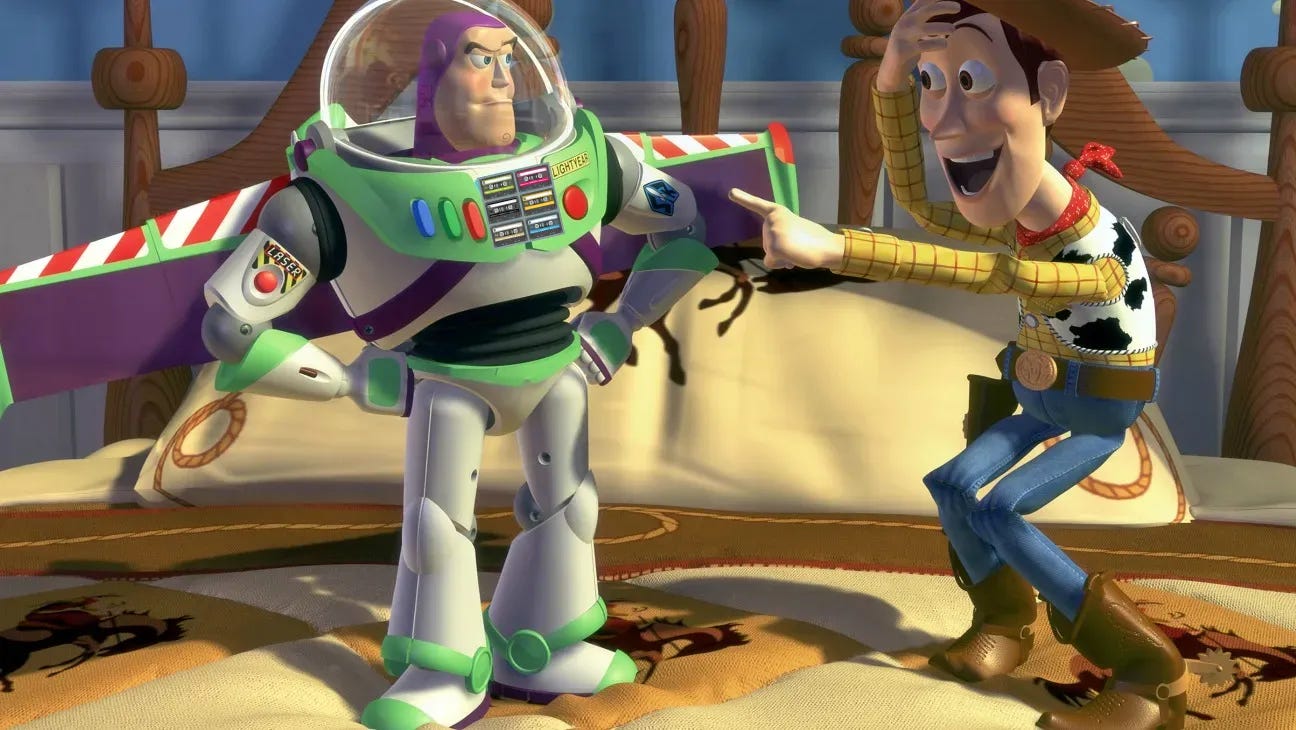

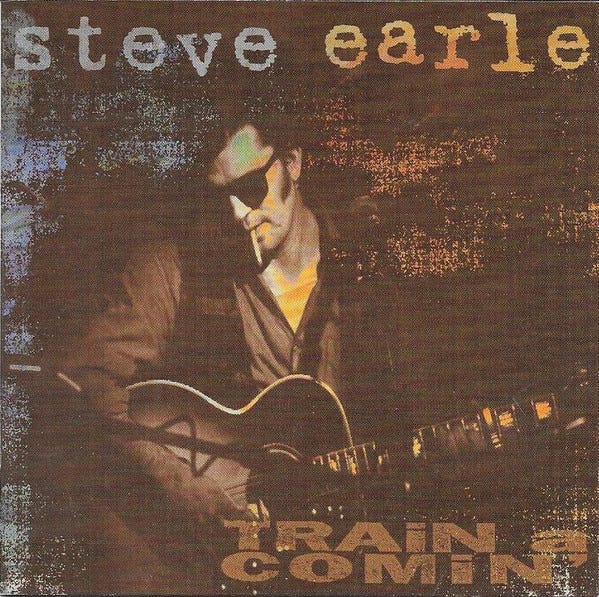




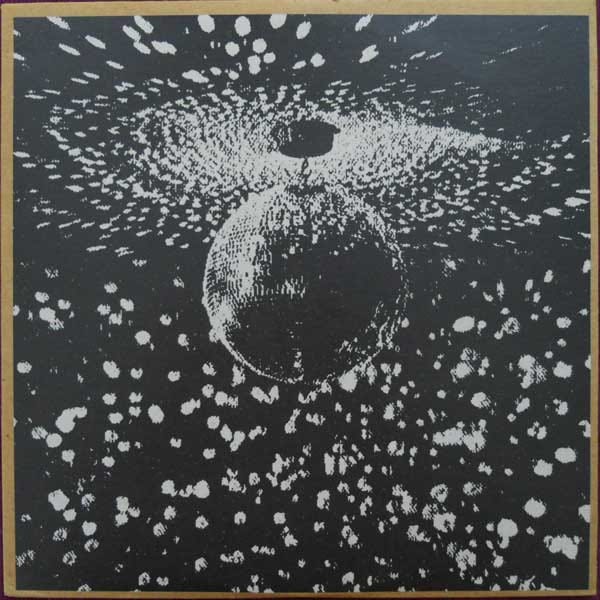
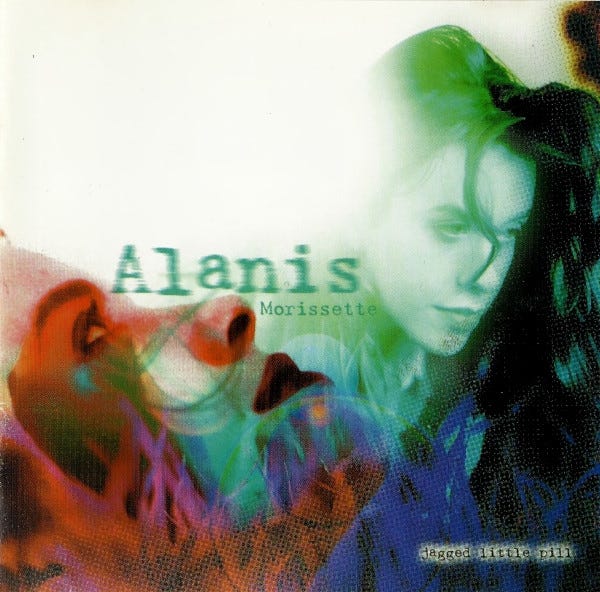
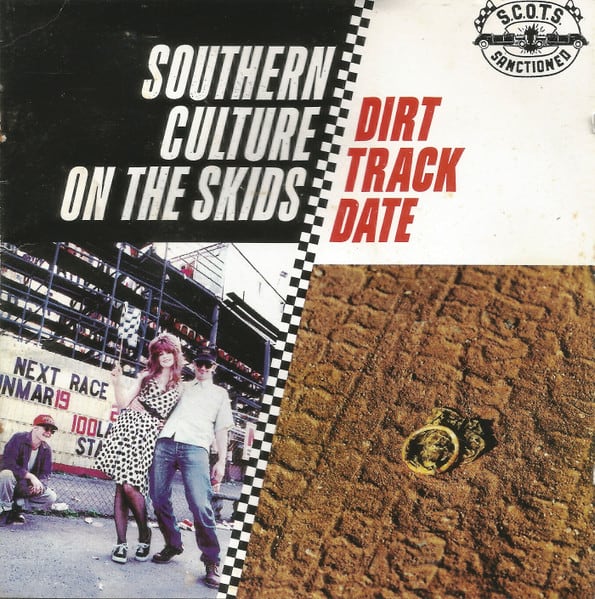
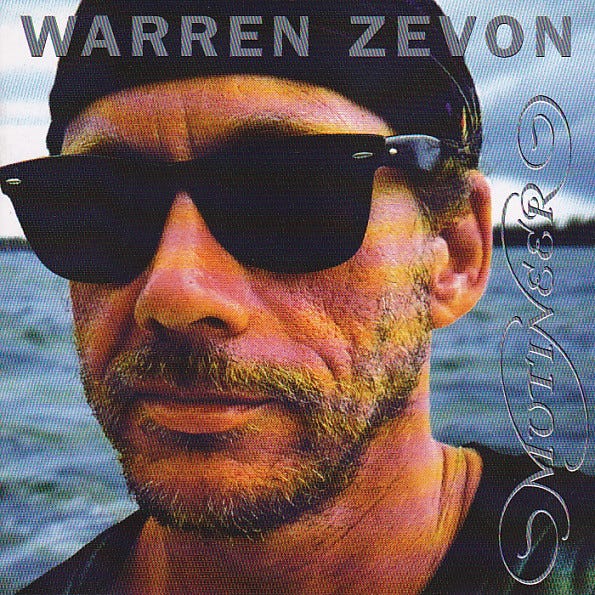
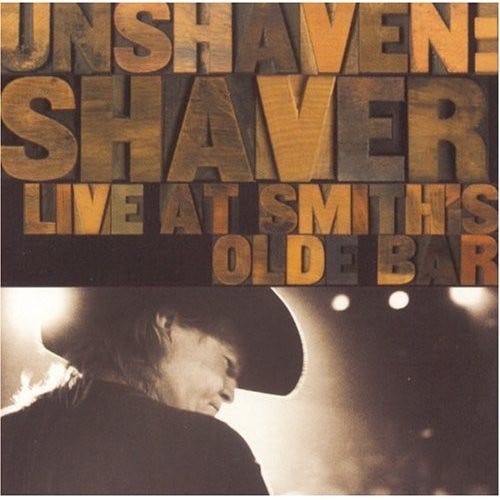
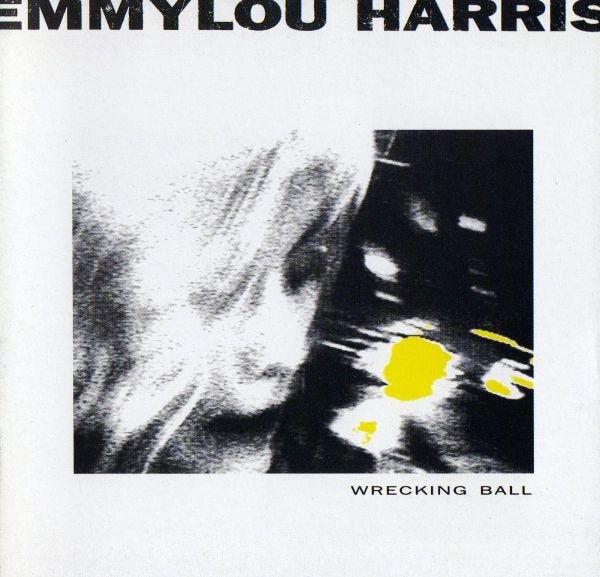
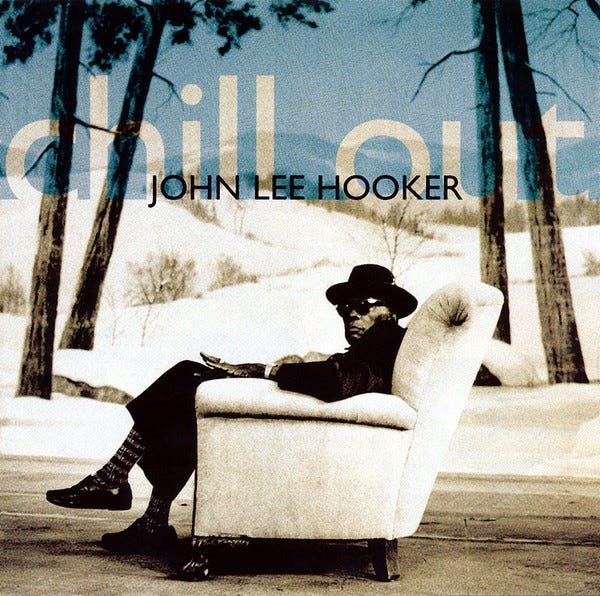

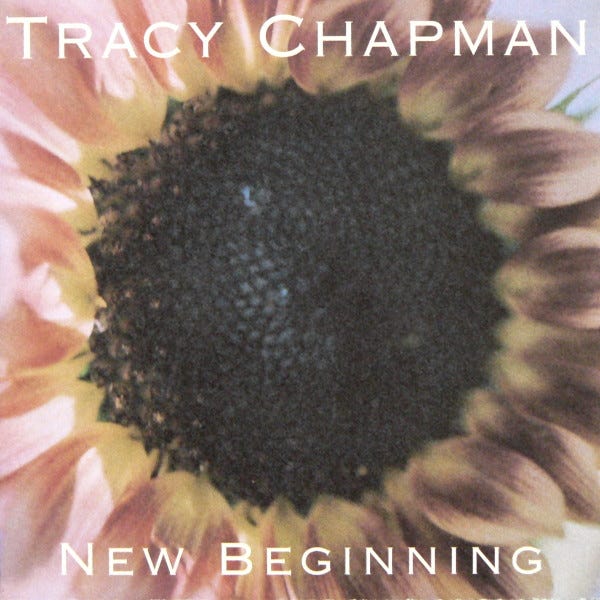

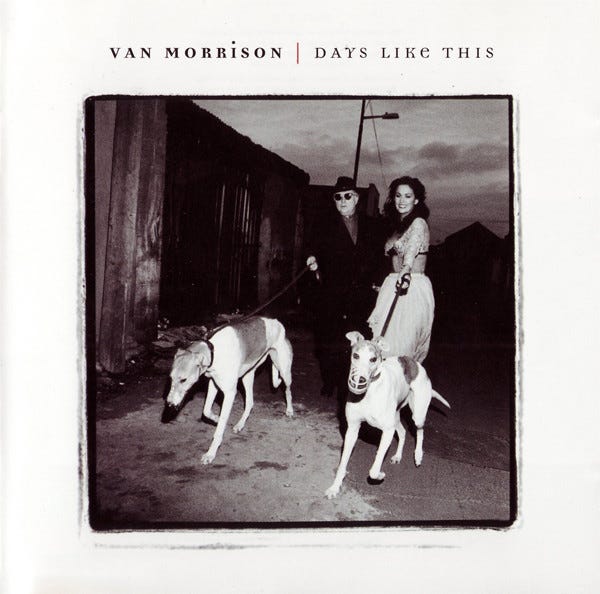
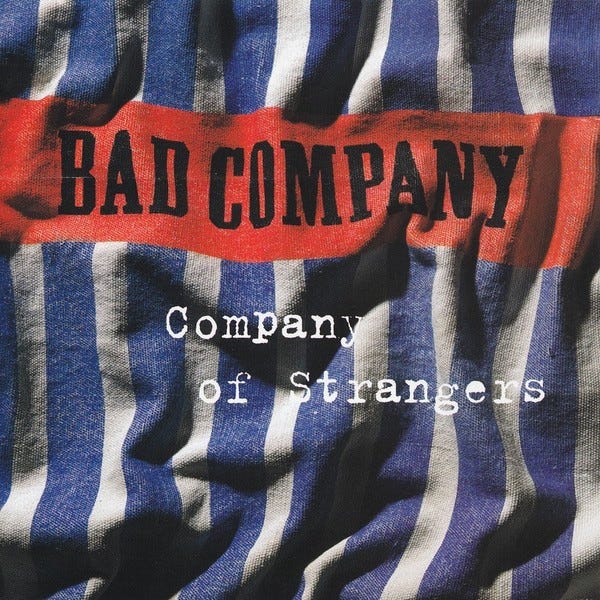
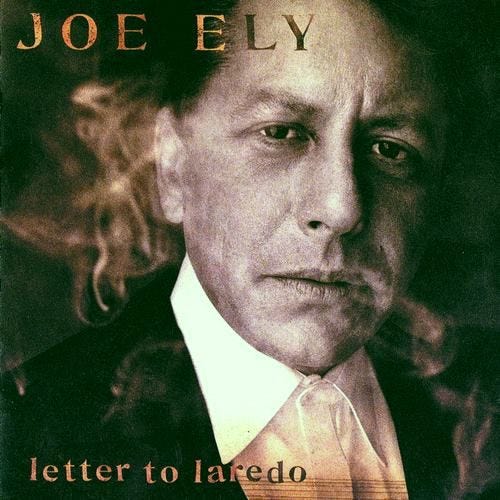

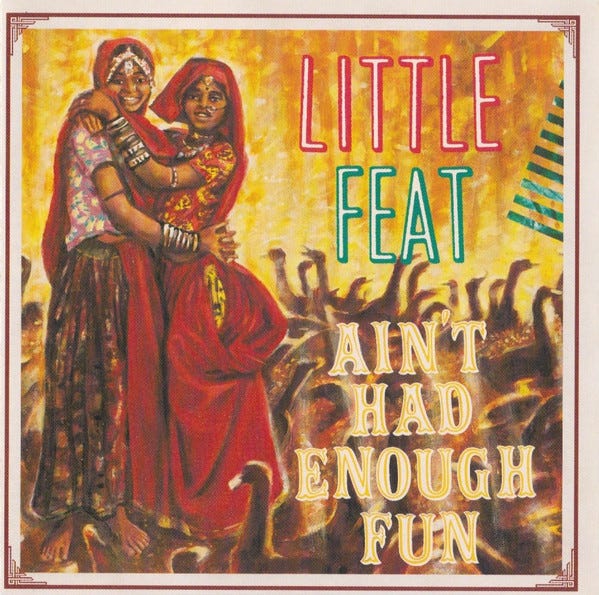
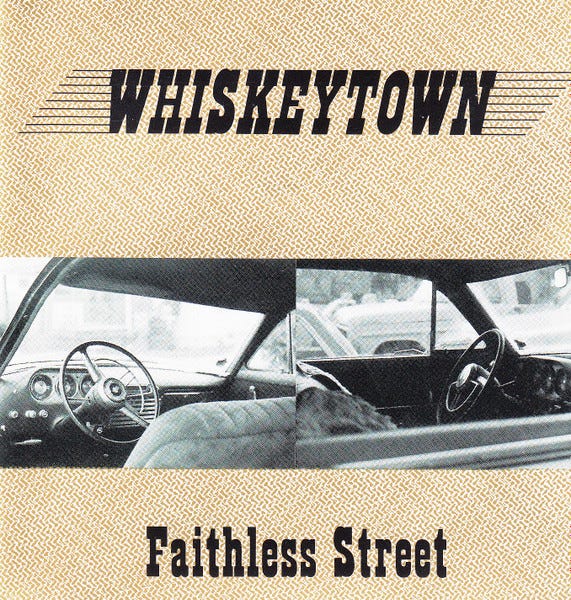
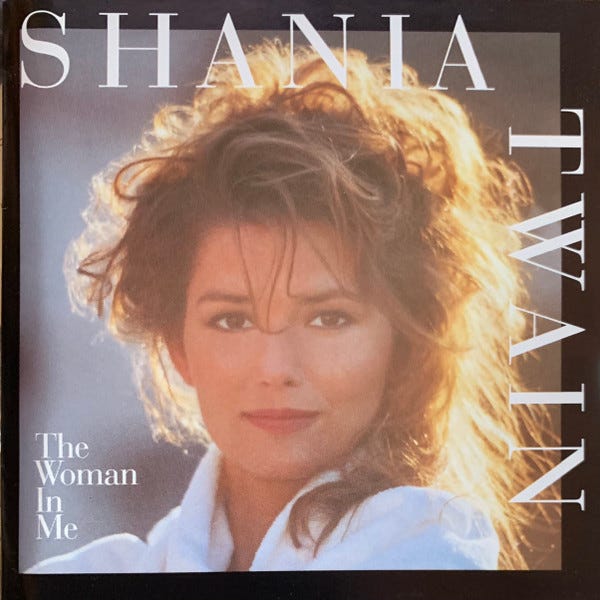

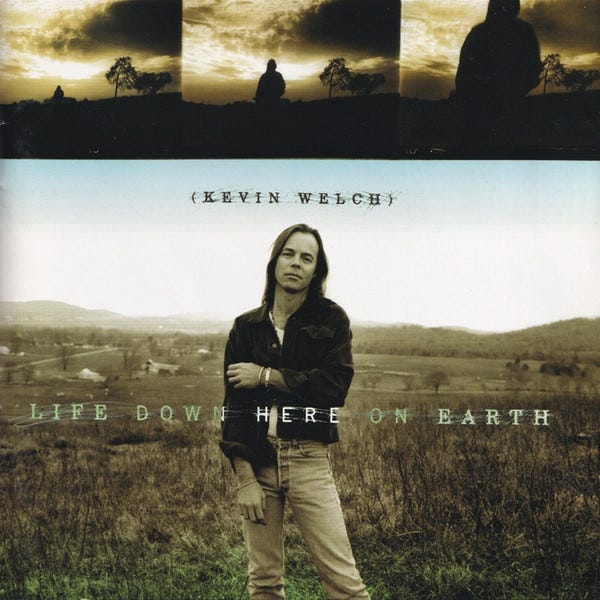

Impressive and thorough list! Great work. Really brought me back to ‘95.
Son Volt Trace was the album of the decade